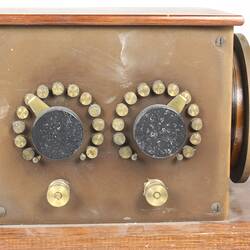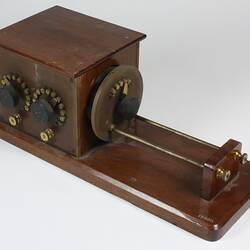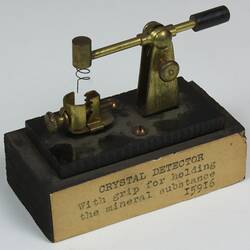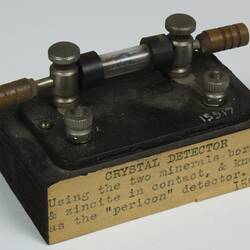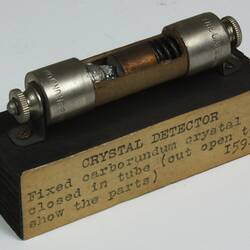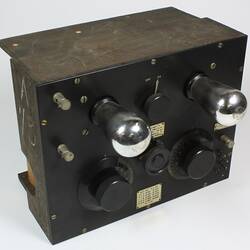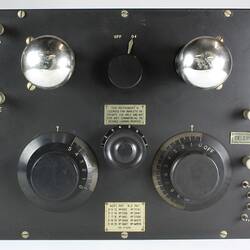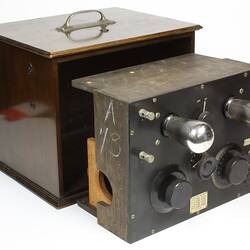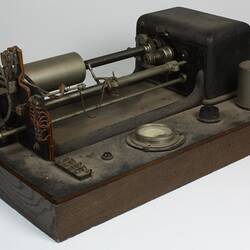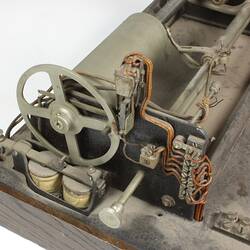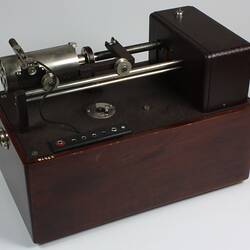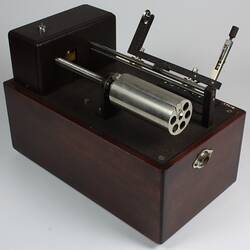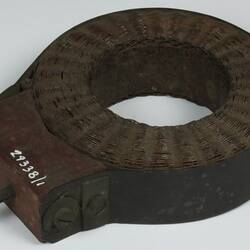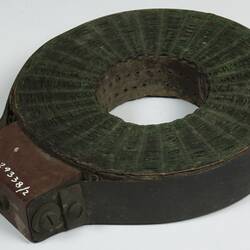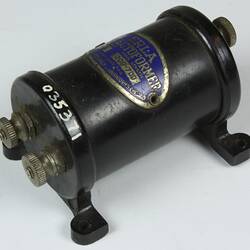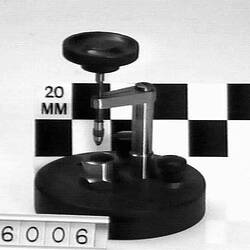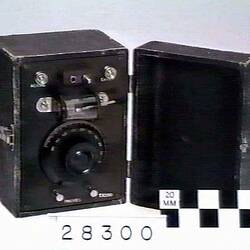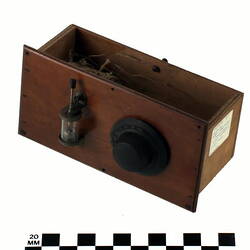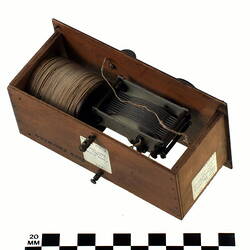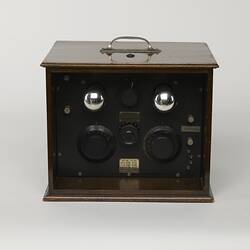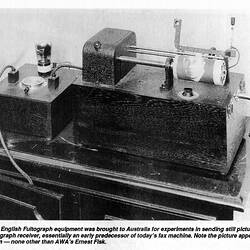Broadcasting started in Australia at the end of 1923 in Sydney and early 1924 in Melbourne. By the end of 1924 there were nine licensed broadcasters.
Over the following decade radios receivers changed from being battery-powered, technically-complex devices with multiple controls to mains-powered devices with simple controls suitable for the domestic environment, mounted in furniture that featured in many homes in the developed world.
Growth in the first years of radio was very rapid, tapering off at the end of the 1920s with the advent of the Great Depression. Between 1924 and 1929 the number of licensed listeners grew from over 1,200 licences (0.2 % of population) to over 300,000 (approx. 4.7% of a population of 6,400,000). With an average household size in metropolitan areas of about 4.2 people (based on 1921 and 1933 censuses), this meant that 20% households in Australia had radio by 1929. These figures conceal the city-focus of radio use: by the end of 1929 there were 19 licensed stations but only three were in regional cities: Newcastle, Toowoomba and Bathurst.
By the end of 1938 the number of licences was 1,102,315 (approx. 16% of a population of 7,000,000), or 66% of households. Most people who did not have a radio almost certainly aspired to have one.
More Information
-
Keywords
-
Authors
-
Article types




